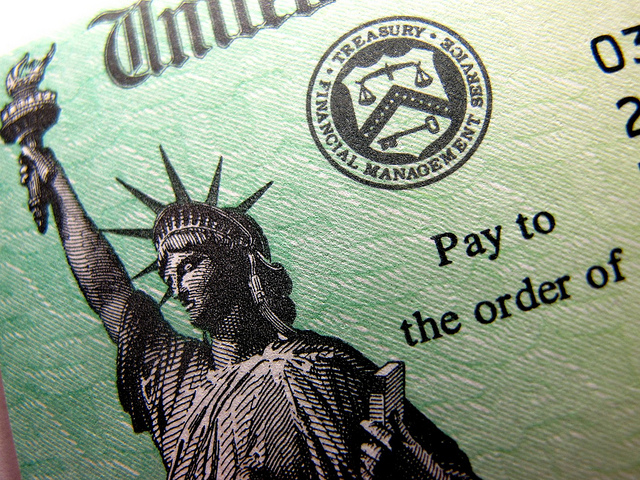The promotion for the 1965 movie, “Beach Blanket Bingo” was simple: “Frankie (Avalon) and the gang are hitting the beach for some good old-fashioned shenanigans!” There happen to be some strange shenanigans in the bond market this summer, as some global investors are willing to accept negative interest rates for the bonds that they are purchasing. It’s the financial equivalent of BOND Blanket Bingo! Why would someone choose to automatically lose money? That is what occurs when investors buy bonds with negative yields, and hold them to maturity. Yet, with worldwide growth petering out, persistent low inflation and uncertainty about everything from Brexit to the US Presidential election, money has been pouring into government debt, pushing up prices and driving down yields.
Currently there is about $13 trillion worth of global sovereign debt yielding less than zero. Last year, Switzerland became the first country to sell debt at negative yields, followed by Japan, which did so in March. And then earlier this month, Germany became the first eurozone country to sell 10-year bonds with a negative yield in a government auction.
Under normal conditions, you would purchase a bond at a discount, meaning that you would pay $99.50 for a bond. Then at the end of the term, the government would send you $100 at maturity. But in the topsy-turvy negative yield world, you buy the bond at a premium, say $101 and only get back $100 at maturity.
Why would anyone lend money to a government for ten years, only to be contractually obligated to see less than the total amount returned? There are a number of reasons that this market quirk is occurring. Many investors believe that global central banks, like the European Central Bank, the Bank of England and the Bank of Japan, will continue to buy bonds to stimulate economies and therefore, the price of bonds will keep rising. In that case, an investor might accept a negative interest rate because she thinks that she can sell that same bond for even more money to someone more desperate for safety.
Others purchase negative yielding debt because they need a safe, liquid investment, amid uncertain conditions. These investors equate buying a negative yielding bond with paying for portfolio insurance against future economic disaster. For them, it is cheaper to lose a bit of money on a government bond than to park vast sums in a vault and then pay a guard to watch over the stash.
There is another point to consider: with little or no inflation to erode purchasing power, some accept lower yields, because “even if you earn zero percent or less on your savings, you still come out ahead,” according to Capital Economics. That’s why when compared to negative rates, receiving only 1.6 percent for a 10-year US government bond doesn’t sound too bad.
But low yields are tough to take for retirees who need to create an income stream from their savings. Many of these folks had planned on generating something closer to 3 percent from their “safe” assets, which is why many are turning to riskier, corporate junk bonds, which are yielding a comparatively juicy 5.5 percent.
But what seems great today can quickly seem terrible if/when the economy turns south and enters into a recession. At the end of 2008, after the financial crisis hit, junk bond yields soared to over 20 percent, which meant that the prices of these once-sought after instruments, had plunged. That’s why in Bond Market Bingo, the risk is not just that your number was not called, but that you could lose money in the process.
![Jill on Money [ Archive]](http://images.squarespace-cdn.com/content/v1/59efbd48d7bdce7ee2a7d0c4/1510342916024-TI455WZNZ88VUH2XYCA6/JOM+Blue+and+White.png?format=1500w)





